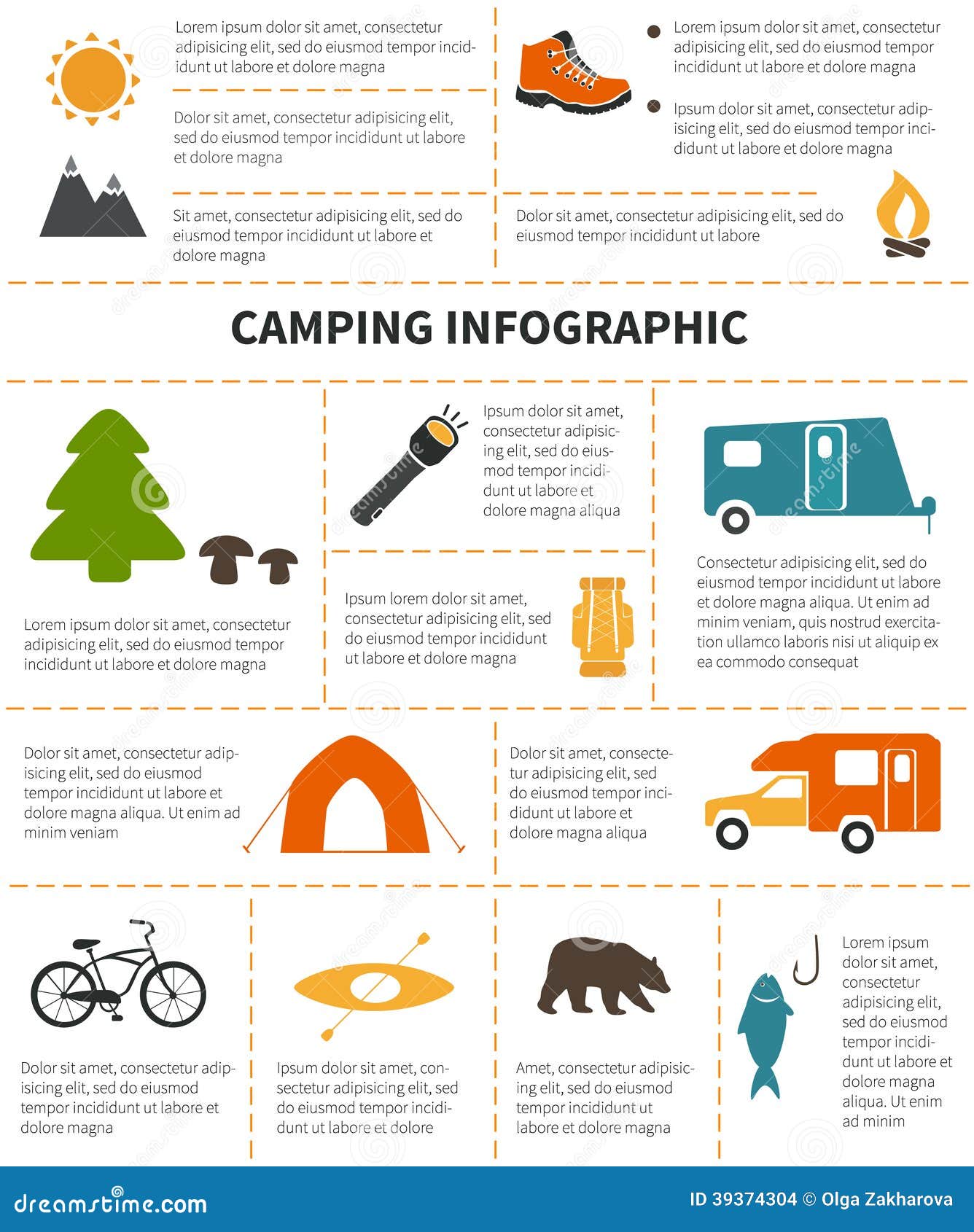If you camp routinely in locations with rocks or sharp downed branches or merely hate packing away a damp, muddy outdoor tents, then an impact is most definitely worth considering. Footprints are likewise fairly cost-effective compared to a brand-new tent.
Do canvas tents leak?
Several outdoor tents suppliers provide their own certain footprints, which are cut to the exact size of the camping tent floor. Nonetheless, you can make one on your own with a lightweight fabric like polycryo or tyvek.
Weather Conditions
Whether you require a footprint really relies on the conditions you'll be camping in. If you're backpacking in an area where the ground is generally wet (it's pretty much unavoidable), an outdoor tents impact can be a valuable enhancement to your kit, as it will prevent your outdoor tents flooring from ending up being soaked.
Nonetheless, if the impact is as well big it can act as a dampness catch and potentially allow water to swimming pool under your outdoor tents. This can be prevented by ensuring the footprint is reduced a bit smaller than your outdoor tents on all sides.
Usually speaking, it's best to obtain a footprint from the same maker as your camping tent to ensure a specific fit. They likewise tend to be made from thicker, much more resilient materials than DIY alternatives. They can be pricey for something whose single function is to safeguard the ground underneath your tent, yet it can be a worthwhile financial investment if you respect the durability of your gear.
Terrain
Several top quality camping tents can work well without a footprint, especially those that have actually tub floors made of sturdy materials. Nonetheless, the surface you hike on can have a significant influence on just how swiftly your tent flooring breaks. Granite slabs, sandstone and other sturdy surface areas wear via all-time low of your camping tent faster than verdant meadows or forest floorings.
A footprint or ground cloth helps expand the life of your camping tent by acting as an obstacle in between the ground and the sewn-in groundsheet of your tent, claims REI senior sales expert Elizabeth Nguyen. It additionally protects the camping tent from unpleasant components like sharp twigs and jagged rocks that might penetrate or tear the sewn-in flooring. When selecting a footprint for your camping tent, it is necessary to ensure it's slightly smaller livable tents than the outdoor tents on all sides. This protects against water from pooling between the camping tent and impact throughout a rainstorm, which can permeate into your tent. The very best choice for an impact is to buy one designed for your particular outdoor tents, which will certainly guarantee a snug fit.
Tents with Lower Deniers and Water Resistant Scores
Whether you're an informal backpacker or a hardcore traveler, the durability level of your outdoor tents is an essential consideration. Camping tents made to be ultralight, approaching minimal, often trade off some degree of sturdiness in the material and products made use of.
One textile specification you'll encounter is denier, which refers to the weight in grams of a 9,000-meter length of thread that comprises the camping tent's canopy, rainfly, and/or flooring. A greater denier specification indicates extra sturdy textiles, while reduced numbers indicate lighter and less durable fabrics.
Other specifications to consider include flooring dimensions, vestibule size, and indoor pockets. The previous mirrors the total square-footage that can be made use of for habitable area, while the latter can play a role in storage by offering a location to stash gear overnight and in bad weather. Air flow is additionally a critical variable; as you breathe out wetness during sleep, it needs to run away, or condensation might develop inside. Features such as mesh windows and panels and flexible rainfly doors aid boost ventilation and prevent this from happening.
The Price
The price of a camping tent can affect its performance, and it is also vital to take into consideration how much you can afford to invest. Backpackers looking for a light-weight shelter should go for an outdoor tents with a livability ranking of a minimum of two stars, and when possible, 3 or more.
Livability refers to just how roomy a camping tent feels, with headroom and flooring dimensions playing a big duty. Historically, backpacking camping tents used steeply sloped wall surfaces and very little space to conserve weight, however modern products enable designers to give more convenience while keeping weight reduced.
Storage is an additional aspect to think about, with vestibules and a quick-pitching layout helping in reducing setup time. In addition, the kind of fabric layer and exactly how the tent is saved can impact longevity. As an example, a PU covering that breaks down quicker when damp, or goes through duplicated cycles of stowing and un-stowing, can significantly reduce the lifespan of an outdoor tents. Likewise, making use of a custom-made footprint instead of stuffing a camping tent in a careless way will certainly likewise expand its life expectancy.
Are you safe from lightning in a tent?
